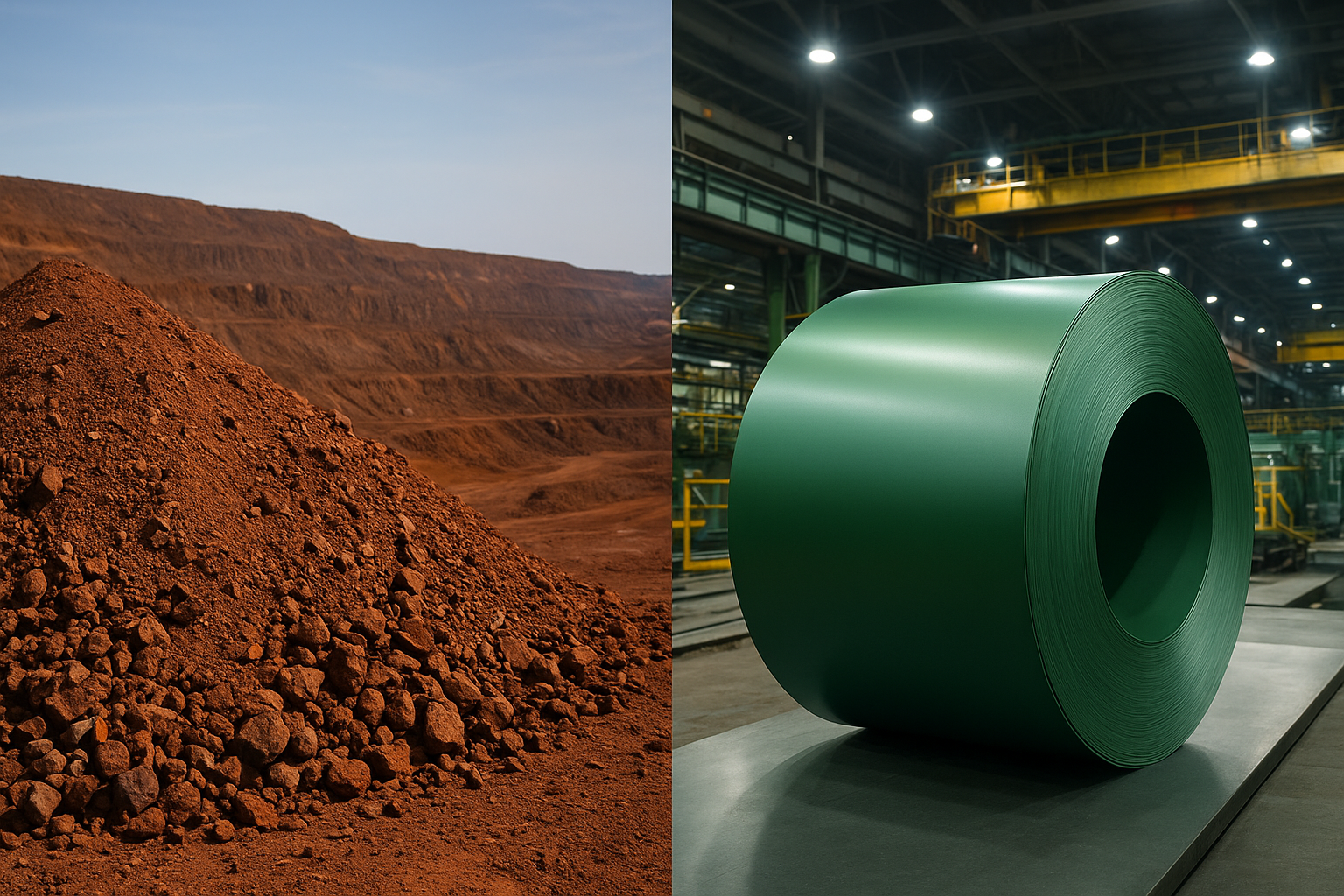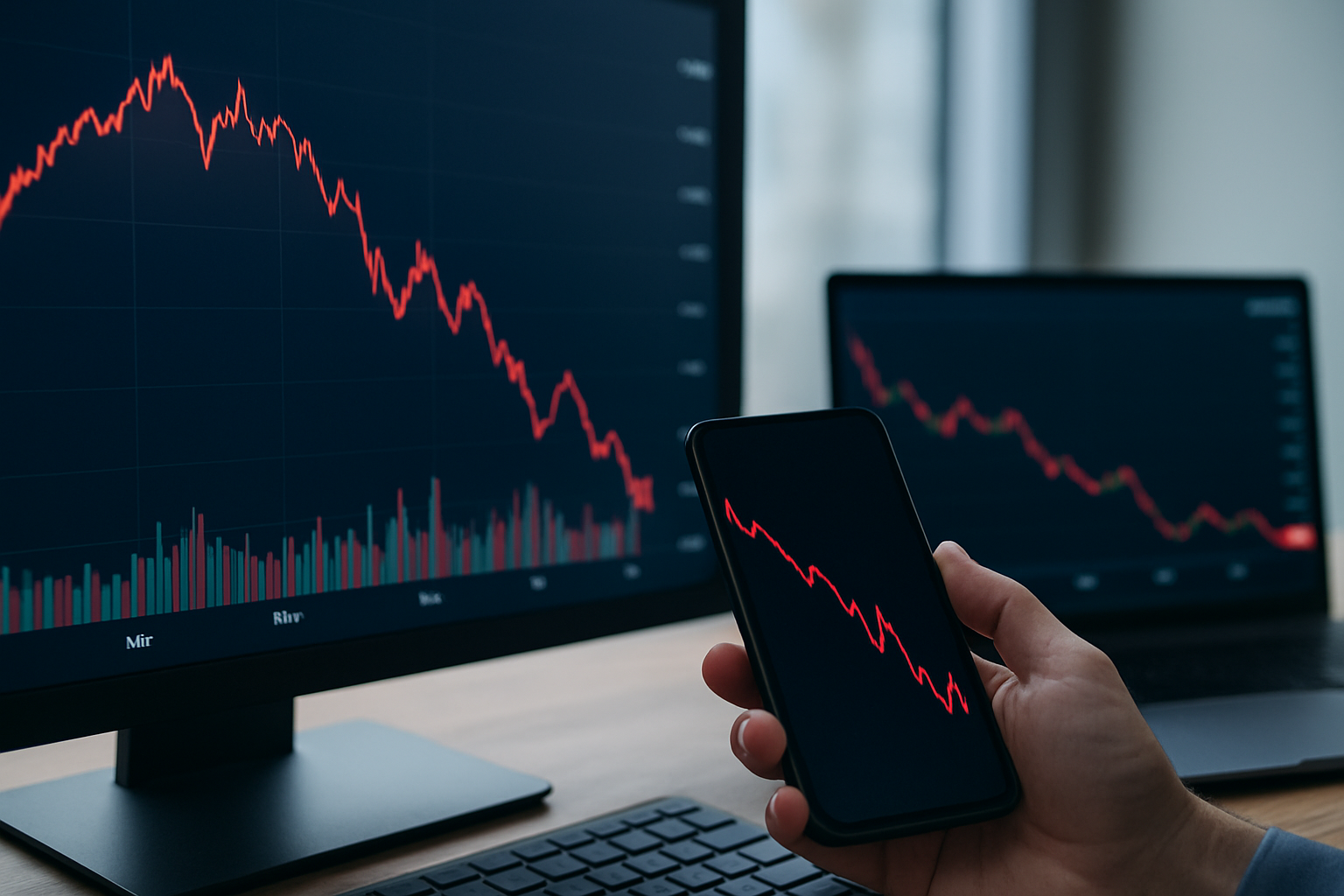Rising Labor Costs Drive BHP’s Focus on Productivity
As Australia steps into 2025, the mining sector faces a shifting economic landscape. While inflationary pressures have moderated and cost hikes have somewhat stabilized, labor costs continue to rise, posing a significant challenge for industry leaders like BHP Group (ASX: BHP). In response, CEO Mike Henry has underscored the urgency of increasing productivity to maintain operational efficiency and profitability. With global demand for copper and other critical minerals surging due to their essential role in energy transition technologies, BHP’s strategic investments in this sector warrant investor attention.
Why This Matters for Investors
BHP, one of the world’s largest mining companies, has consistently been at the forefront of industry trends. Henry’s recent comments emphasize that while cost pressures have softened compared to the highs of 2023–24, labor costs remain a structural concern. As a capital-intensive industry, mining is heavily dependent on labor, making wage inflation a direct hit to profit margins. To mitigate this, BHP is doubling down on efficiency measures, technological advancements, and strategic investments in high-demand minerals like copper.
The rising demand for copper, driven by its use in renewable energy, electric vehicles (EVs), and infrastructure, presents a long-term growth opportunity. BHP’s focus on boosting productivity will determine its ability to capitalize on this demand while navigating the cost pressures impacting the industry.
BHP’s Strategic Moves in Copper Investments
BHP has already made significant investments in copper mining projects, particularly in South America and Australia. The company’s acquisition of OZ Minerals in 2023 marked a pivotal step in expanding its copper portfolio. With the energy transition gaining momentum, Henry has reiterated the importance of securing long-term copper supplies to meet global electrification needs.
Analysts point out that copper prices have remained resilient, hovering around $8,000–$9,000 per metric ton in recent months. The long-term forecast suggests further upside potential as supply constraints persist and green energy policies accelerate demand. Investors should closely monitor BHP’s expansion plans, particularly in regions where geopolitical risks and regulatory frameworks could impact production and profitability.
Future Trends to Watch
- Automation & AI in Mining: As labor costs rise, BHP is expected to invest further in automation, AI-driven mining operations, and efficiency-enhancing technologies. These innovations could improve margins and enhance productivity in the long run.
- Copper’s Supply Chain Challenges: While demand is rising, global copper supply remains under pressure due to permitting delays, declining ore grades, and geopolitical uncertainties. BHP’s ability to secure stable production will be critical.
- Sustainability & ESG Compliance: Investors are increasingly scrutinizing mining companies’ environmental, social, and governance (ESG) strategies. BHP’s commitments to reducing carbon emissions and sustainable mining practices will be key factors in maintaining institutional investor confidence.
- Market Volatility & Commodity Pricing: Fluctuations in commodity prices, influenced by macroeconomic factors such as interest rates, global growth trends, and Chinese demand, will continue to impact BHP’s financial performance.
Key Investment Insight
BHP’s emphasis on productivity is a necessary response to the persistent rise in labor costs. However, the company’s success in navigating these challenges will largely depend on its ability to execute its copper expansion plans efficiently. Investors should consider the following action points:
- Monitor BHP’s productivity initiatives and automation strategies, which could offset rising labor expenses.
- Keep an eye on copper price trends and supply chain developments, as these will directly impact BHP’s earnings outlook.
- Assess BHP’s ESG commitments, as sustainability-focused investors increasingly favor companies with strong environmental strategies.
As one of the dominant players in the metals and mining sector, BHP’s strategic approach to managing labor costs while expanding its copper assets is crucial for investors tracking commodity markets. The company’s ability to balance cost pressures with efficiency gains will define its competitive advantage in the years ahead.
For more daily insights into the latest market trends and investment strategies, stay updated with MoneyNews.Today.





